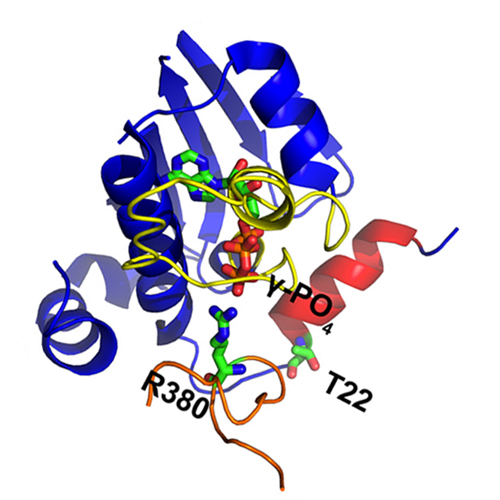Regulatory Posttranslational Modifications in Hsp90 Can Be Compensated by Cochaperone Aha1
18-Mar-2011
Molecular Cell, 2011, DOI 10.1016/j.molcel.2011.02.028, Volume 41, Issue 6, 619-620, published on 18.03.2011
Molecular Cell, online article
Molecular Cell, online article
The metabolic processes of a cell comprise a network of interrelated molecular pathways. Control and regulation of these pathways under variable environmental conditions is vital and takes place at the transcriptional, translational, and posttranslational level. The eukaryotic molecular chaperone and heat-shock protein Hsp90, which is involved in the specific maturation of a large set of structurally and functionally divergent lient proteins, can be modified posttranslationally by phosphorylation, S-nitrosylation, and acetylation (Mollapour et al., 2011; Retzlaff et al., 2009, Scroggins et al., 2007). As expected, such modifications affect the ATPase function, cochaperone interaction, and client protein processing of Hsp90. In the current issue of Molecular Cell, Mollapour et al. unexpectedly show that phosphorylation of both yeast and human Hsp90 not only affects the interaction with several clients and cochaperones, but that many effects of this phosphorylation can be compensated by overexpression of the cochaperone Aha1.











